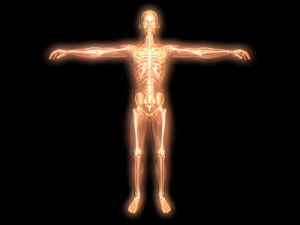Nursing students sponsor bone marrow donor registration
April 30, 2014
The student Nurses of Washburn sponsored a registration campaign for bone marrow donations April 25. The student volunteers had a table for screening potential donors and swabbed the cheeks of potential donors to match them with leukemia patients. The event was open to anyone who was interested in potentially becoming a donor.
Potential donors had to be between 18 and 55 years old and weigh at least 110 pounds. Once registered, a donor will remain in the registry until they are 61 years old. Medical conditions, sych as autoimmune disorders, would disqualify a potential donor. Potential donors have the opportunity to back out of donating, but the student nurses strongly encourage people to be serious about donating.
“For many types of cancer only a bone marrow transplant is the cure,” said Kalina Arpke, a level 1 nursing student. “That’s especially true for many types of childhood cancers.”
Finding a donor for a leukemia patient is difficult. The registration forms compare finding a match to finding a twin. Only about 30 percent of donors are found within a patient’s family. In 70 percent of successful matches, the patient and the donor are strangers.
“If you don’t donate and you are a match, it is possible that the patient may not find another match,” said Mark Douglas, a senior nursing major.
Donation has no cost to the donor. Everything is covered by the patient’s insurance. If called upon to donate, a donor would have to go to the nearest donation centers. The nearest centers are located in St. Louis and Chicago.
In 80 percent of donations, the procedure involves a peripheral blood stem cell donation. This is an outpatient procedure that takes six to eight hours. Within three to four weeks, the donor’s body will have replenished his or her stem cells. There is a mild level of discomfort associated with this method with symptoms similar to donating blood.
In 20 percent of those donations, the procedure involves bone marrow extraction. In the majority of these cases, the donation will go to a small child because small children need the purest form of bone marrow for effective treatment. In this procedure, the donor is put under anesthesia and bone marrow is pulled from the lower pelvic area. The donor’s lower back may be sore like a bruise for up to 2 weeks after the procedure. The donor will need to abstain from contact sports and heavy lifting for at least a week.
The Student Nurses of Washburn encourage everyone who is eligible to donate to consider donation. For anyone wanting to get involved in bone marrow donate, visit deletebloodcancer.org



